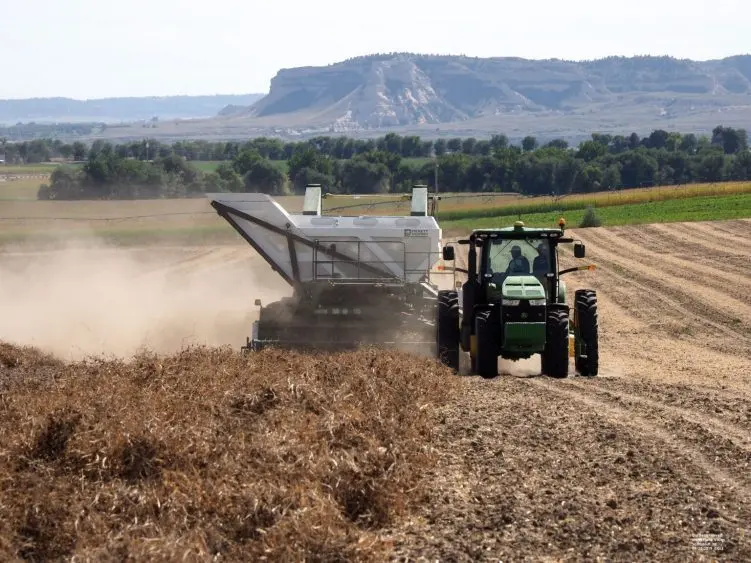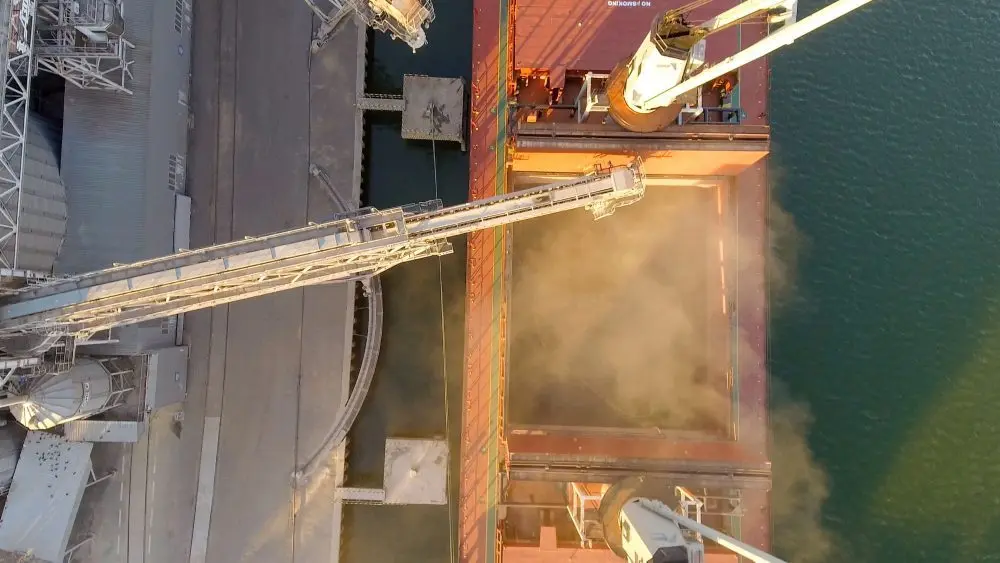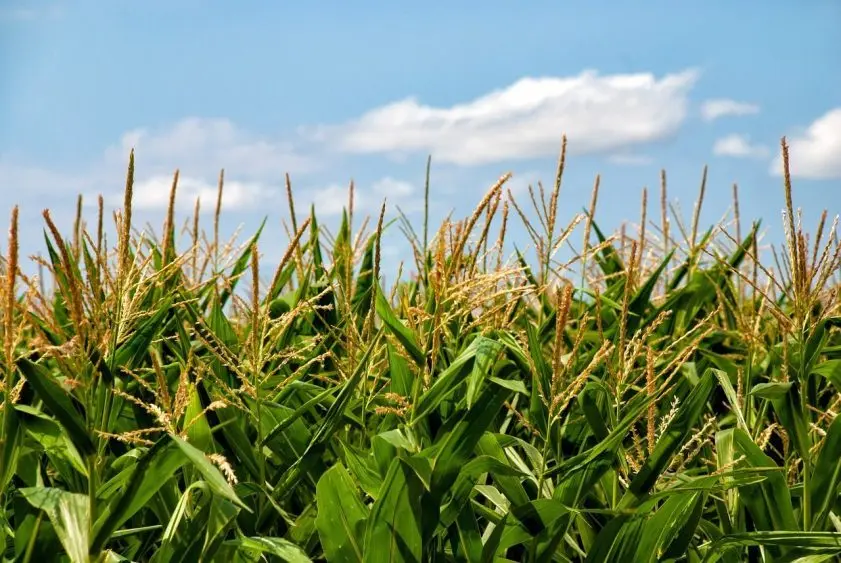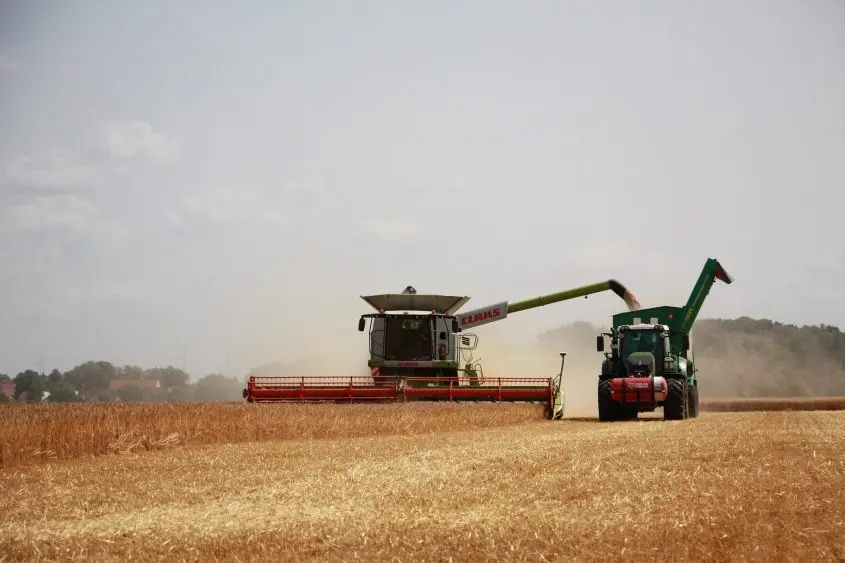By:Paul Hammel Nebraska Examiner
LINCOLN – An updated report on the impact of climate change in Nebraska says the state continues to get noticeably warmer and wetter.
The legislatively ordered report also concludes that predictions made in the last State Climate Report in 2014 – that the state was headed toward a climate more like Oklahoma – were spot on.
The 312-page report, authorized by the Nebraska Legislature in 2022 and submitted on Wednesday, predicts increased stress on the state’s water resources, particularly increased irrigation demand as growing seasons expand and more water evaporates from the soil and crops.
“Nebraska stands at a crossroads of experiencing and addressing the challenges climate change brings,” the report begins.
At a seminar detailing the document last week, State Climatologist Deb Bathke said the consensus among climate scientists that humans are contributing to faster heating of the planet has moved from theory to an established fact.

“There is no debate among scientists that climate change is happening,” Bathke told those attending the presentation at the University of Nebraska-Lincoln’s Hardin Hall.
According to the report, produced by Bathke and 20 other “lead” authors, “Reputable climate scientists worldwide continue to be in near unanimous agreement (greater than 99%) that human influences have warmed the atmosphere, oceans and land.”
“Furthermore,” the report said, “the speed of the changing climate exceeds what can be attributed to natural variability.”
Eric Hunt, an assistant extension educator of agricultural meteorology and climate resilience at UNL, illustrated that by saying 1990 was once ranked as having the 8th warmest summer since 1890. It’s now ranked the state’s 30th warmest, he said, after so many record-breaking summers since.
“September is more August like,” Hunt added, though the early part of the month was an exception.
Overall, he said, cold winter temperatures are arriving later in the season, and there has been more precipitation at “the wrong time,” during spring planting season, delaying crucial activity.
The new State Climate Report, funded via bipartisan legislation sponsored by State Sen. Eliot Bostar of Lincoln, a Democrat, and then-State Sen. Mike Flood, a Republican now serving in Congress, is a more comprehensive update of the state’s first climate impact report in 2014.
Chapters examine the impact of climate change on water resources and agriculture – the state’s top industry – but also on energy, human health and faith and Indigenous communities. Each chapter presents “gaps and needs.”
The report also includes supplemental recommendations from an independent, science-based consultant from Minnesota, paleBLUEdot, a group that worked on Omaha’s climate plan, about what can be done to mitigate and address climate change.
Among the report’s takeaways:
* Statewide annual temperatures are expected to rise by 5 to 6 degrees by 2050 compared to 1951-2014, and by 7 to 11.5 degrees by the end of the century.
* Summer and fall will warm slightly more than winter and spring, leading to more frequent and prolonged heat extremes.
* Extremely hot days, 90 degrees and hotter, will multiply two to four times, while extremely warm nights of 70 degrees or more could increase tenfold or more.
* Extreme precipitation events, particularly the most intense ones, are expected to rise in frequency and magnitude.
* By the end of the century, if greenhouse gas emissions aren’t reduced, the state could see more than 50 days a year with temperatures exceeding 100 degrees.
* Higher temperatures and drier conditions are leading to more extreme wildfires, which burn longer. The worst year in state history for those was 2012, burning 500,000 acres. The second worst was 2022, with 250,000 acres blackened, including the national forest at Halsey.
* The average number of winter days with at least 1 inch of snow on the ground has decreased statewide, with the biggest change hitting the Norfolk area, which was down to 48 days in recent years compared to 63 from 1951 to 1980.
* Agriculture faces more risks from rainfall variability, shifts in rainfall seasonality, more rapid drought development and intensification, rising temperatures, fewer very cold days (which help control pests) and heightened risks of wildfires and hail.
“These factors could significantly reduce agricultural output if unaddressed,” the report warned.
Strategies to maintain productivity, the report said, include advancements in plant genetics, diversification of crops and cropping systems and improved soil and water management practices.
Overall, “decreasing greenhouse gas emissions can avoid climate change’s most significant changes and impacts,” the report said.
The consultant, paleBLUEdot, pointed out that Nebraska received a $307-million federal EPA grant to implement mitigation steps outlined in a 2024 Priority Climate Action Plan done by the Nebraska Department of Energy and Environment.
Those steps include adopting a statewide strategy for groundwater recharge, improving management of soil health, utilizing more filter strips along streams, planting more native turf and landscape plants, increasing water conservation education and providing funds for conservation easements. The consultant also suggested “decarbonizing” Nebraska energy generation and moving to 100% renewable energy by 2040.
Bathke, the state climatologist, told those attending the climate change seminar last week that she plans to take the report “on the road” to help Nebraskans understand it.
The consultant also recommended that the state develop a “Climate Mitigation and Resilience Plan” to help Nebraska deal with the challenges ahead.
The report, initially scheduled to be completed by the end of 2024, was delayed due to editing changes. It is available at https://nsco.unl.edu/news/nebraska-climate-assessment/.





